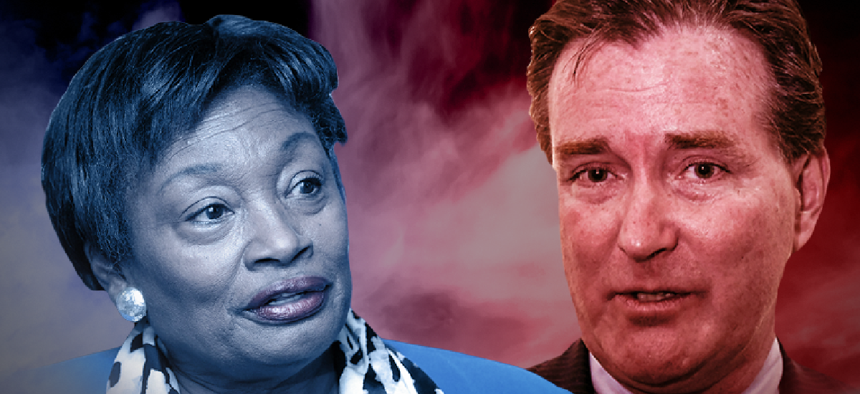Election Day is the Super Bowl for politicos. The commercials aren’t as funny, but there’s just as many of them, and instead of a halftime show, you get “Don’t Stop Believin’” blaring at candidates’ victory parties. And, despite what Giants fans might think, the stakes are a lot higher. Here are the main developments in New York to keep an eye on while you watch on Tuesday night:
Can Democrats get a real state Senate majority?
The 2018 legislative session closed with 31 Democrats, 31 Republicans, and one registered Democrat, state Sen. Simcha Felder, who caucused with Republicans, allowing the GOP to maintain control of the chamber. That means Democrats have to pick up just one seat to get the majority for the first time since 2010.
A forecast of state legislative elections by the University of Virginia’s Center for Politics Sabato’s Crystal Ball, gave that a 63 percent chance of happening, thanks in part to the five Republican senators who negated the powerful incumbency advantage by choosing not to run for re-election this year. All told, there are 13 races that could conceivably go to either party in the 63-member chamber. Republican state Sen. John Flanagan is majority leader today, but state Sen. Andrea Stewart-Cousins, the Democratic leader, may become the first woman to hold that powerful position.
Will Republicans lose more than two House seats in New York?
Rep. Hakeem Jeffries told City & State that Democrats were counting on at least two House seats in New York to flip from Republican to Democrat if the Dems were going to win back a majority in the House of Representatives. Locally, the Dems are hoping for even more, with the Democratic Congressional Campaign Committee giving money to five challengers hoping to unseat GOP Reps. Dan Donovan, John Faso, Claudia Tenney, John Katko and Chris Collins. Republicans don’t have any chance of unseating incumbent Dems, so it’ll be all about defense for them on Tuesday.
Will congressional moderates win in this hyperpartisan year?
Some congressional candidates from both parties have gone hard centrist, like Katko burnishing his bipartisan credentials, or Democratic candidate Max Rose distancing himself from the national party. Others candidates emphasize their partisanship, like Tenney, who has members of the Trump family campaign with her, or Democratic candidate Liuba Grechen Shirley, riding the blue wave. Who wins, and where, could set the stage for the next two years of campaigning, particularly as Democrats grapple with how to beat President Donald Trump in 2020.
Can Molinaro get within shouting distance?
The last Republican to run for governor, Rob Astorino, eked out 40 percent of the vote in 2014, falling far short of Gov. Andrew Cuomo’s 54 percent. Republican candidate Marc Molinaro winning anything more than 40 percent would be moral victory for the state Republican party, which hasn’t won a statewide race since Gov. George Pataki won a third term in 2002. But Molinaro may not get there – he garnered only 36 percent in the latest poll, although many voters remained undecided.
The other statewide incumbents, U.S. Sen. Kirsten Gillibrand and state Comptroller Tom DiNapoli are also expected to win in blowouts, benefitting from the better than two-to-one statewide Democratic enrollment advantage. Republican attorney general candidate Keith Wofford may have the best chance of getting anywhere near victory, since he and Democrat Tish James are vying for an open seat, but James held a 12-point lead in the most recent poll.
Do New York City voters trust de Blasio?
New York City voters will have three propositions on the back of their ballot, all formulated by the charter revision commission called by New York City Mayor Bill de Blasio. None are Earth-shattering and most voters won’t really know what they’re voting for. There’s no widespread agreement among the newspaper editorial board, with the Daily News opposed, am New York in favor, the Post split on some, and the Times split on others. But a win for the measures would be a win for the mayor’s vision of progressive reform. We’ll see how he does.


